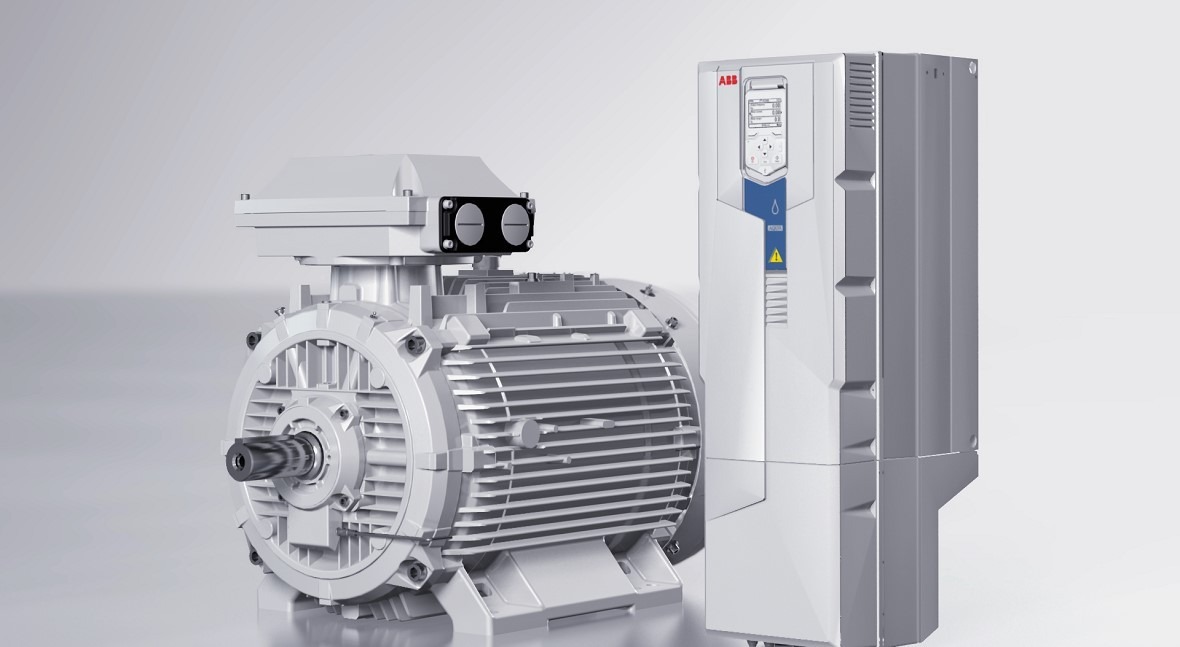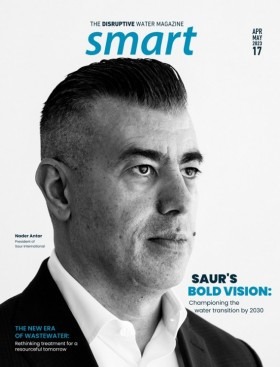Cutting carbon and costs in the water sector: the case for energy efficient motors

Many water and wastewater facilities still use old, inefficient electric motors. Modernizing motor systems is the key to cutting costs, meeting rising demand, and reducing emissions.
Demand for clean water already exceeds supply in several regions. Several trends, including rapid population growth, urbanization, and climate change, are likely to cause further challenges to delivering safe water in the years ahead.
Wastewater and water treatment plants currently use a significant amount of energy. Estimates suggest that the water and wastewater industries combined consume between 3.5 and 4 per cent of the world’s total electrical energy. As the price of energy increases, facilities’ operating costs and the cost per litre of water also increases.
To ensure global water security and limit emissions, the water and wastewater sectors need more energy-efficient, cost-effective solutions. Electric motors are a logical place to start, as motor-driven applications – including pumps, compressors and fans – are found at every stage of water treatment.
Saving energy with SynRM motor technology
In many countries, motor efficiency categories are defined by the International Electrotechnical Commission (IEC) efficiency rating system. Today, the categories range from IE1 to IE4. Each increase in number, such as from IE3 to IE4, represents a 20 per cent decrease in energy losses, meaning that the motor is more efficient.
Many water and wastewater facilities still rely on older IE1 or IE2 motors. A good deal of these motors are still in working condition, but they consume a disproportionate amount of electricity and place unnecessary pressure on the power network. Furthermore, when a majority of these motors fail they are sent for repairs instead of being replaced. The cost attached to this comes at a higher price. This represents a significant opportunity to improve efficiency.

To maximize energy efficiency, facilities can adopt modern motors. The most efficient motors available today are synchronous reluctance motors (SynRM), which achieve IE5 efficiency. A SynRM motor typically delivers energy losses 50 per cent lower than an IE2 motor and 40 per cent lower than an IE3 motor.
With current energy prices, the payback period of upgrading pump motors from IE3 models to IE5 SynRM is potentially just a few months
With energy prices at their long-term average, a facility that upgraded its pump motors from IE3 models to IE5 SynRM motors would expect a payback period of 11 months. However, since energy prices are currently far higher than average, the payback period is even shorter – potentially just a few months.
Once the motor has achieved payback, it continues to provide savings for the rest of its lifetime. This is because the up-front cost of a motor is just 2 per cent of the total cost of ownership (TCO), on average. For ease of retrofitting, IE5 SynRM motors are available in the same dimensions and output power classes as induction motors.

Additional advantages to upgrading
A primary reason for adopting IE5 motors is that they future-proof installations against upcoming legislation. From July 2023, the EU Ecodesign regulation will require a minimum efficiency of IE4 for motors rated between 75 kW and 200 kW in new installations and upgrades. This makes Europe the first region in the world to require IE4 efficiency, and others are sure to follow.
Furthermore, there are operational benefits to adopting SynRM motors. For example, they have a significant advantage over induction motors in pumping applications. Induction motors can experience slip – meaning that the shaft moves slower than the synchronous speed, wasting energy. Slip is common during start-up. Facilities often over-specify induction motors for pump applications to counteract slip. SynRM motors experience zero slip. Facilities can therefore replace over-specified induction motors with SynRM motors one size smaller, delivering immediate cost savings.
SynRM motors experience zero slip, therefore facilities can replace over-specified induction motors with SynRM motors one size smaller
Motors can also be paired with a variable speed drive (VSD) to achieve greater energy efficiency and can cut energy use by between 14 and 25 per cent. A drive adjusts a motor’s speed to precisely match the task’s requirements, increasing efficiency.
Specialist water drives are available with features designed specifically for water and wastewater applications, such as sensorless flow calculation, multipump control, level control, soft pipe fill, dry run protection, quick ramps, pump cleaning and anti-cavitation. These built-in features remove the need for additional equipment and enable a facility to operate optimally.
Using modern motors to design advanced pumps
Dutch manufacturer Rodelta produces pumps for drinking water applications. They include diffuser technology and are designed for large variations in demand. To ensure that its pumps are as efficient as possible, Rodelta specifies SynRM motors from ABB. These motors are an ideal fit for the application, as they achieve high efficiency across the entire operating range.

Motors can be paired with a variable speed drive for greater energy efficiency and can cut energy use by between 14 and 25 per cent
The pumping stations that use these pumps typically operate nonstop, so any efficiency improvement quickly results in significant energy savings. Rodelta’s new SynRM pumps have been successful in their first installation at a De Watergroep facility in Leut, Belgium. The two motors, rated at 75 and 132 kW, drive pumps with capacities of 240 and 350 m3/hour.
Improving efficiency is a win-win
Continuing to use older, less efficient motors is often a false economy – facilities can significantly cut their operating expenses by switching to more efficient motors. This is especially true when much of the material in older motors can be recycled and new models can be made from recycled materials, so upgrading does not result in new waste. Upgrading to efficient motors is key to meeting demand – and it’s better for both business and the planet.
For more information please visit: https://global.abb/topic/synrm-drive-package/en



